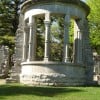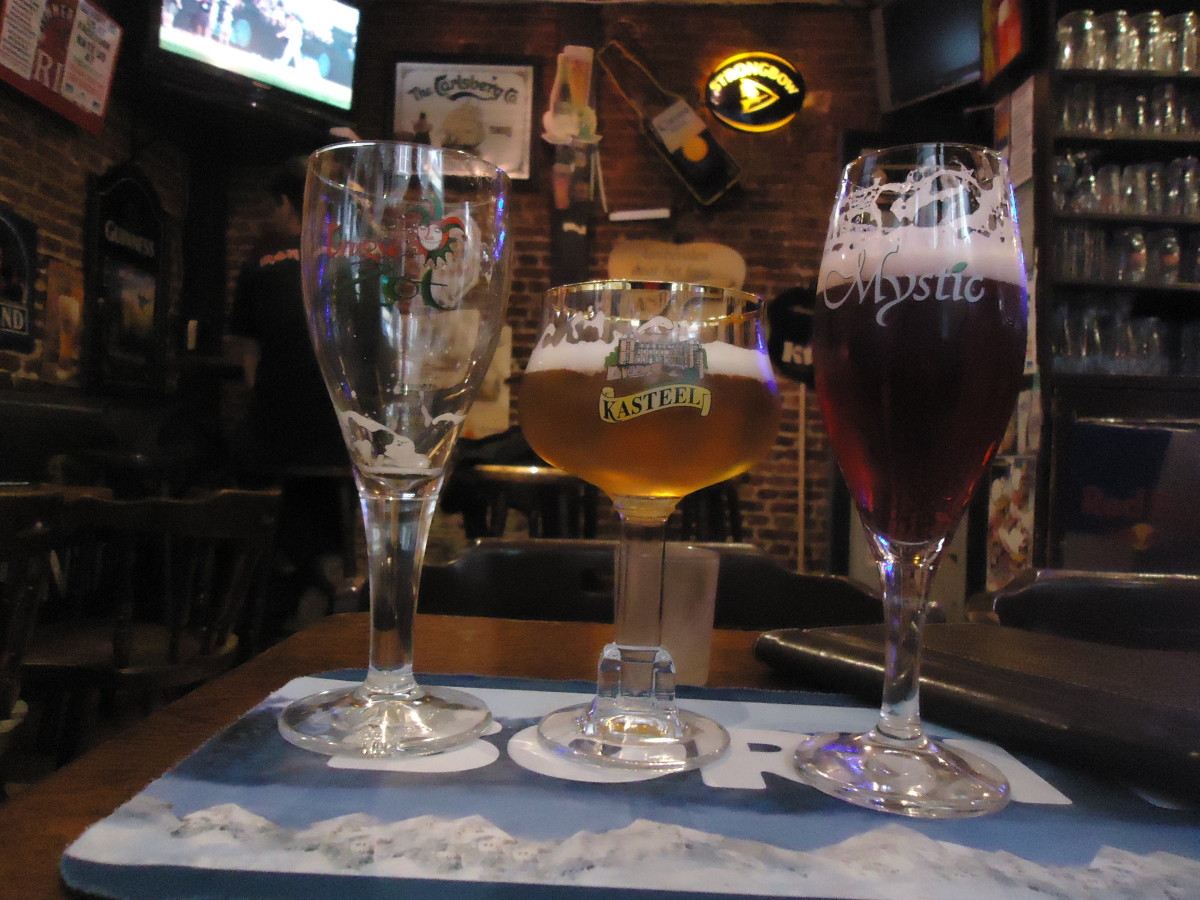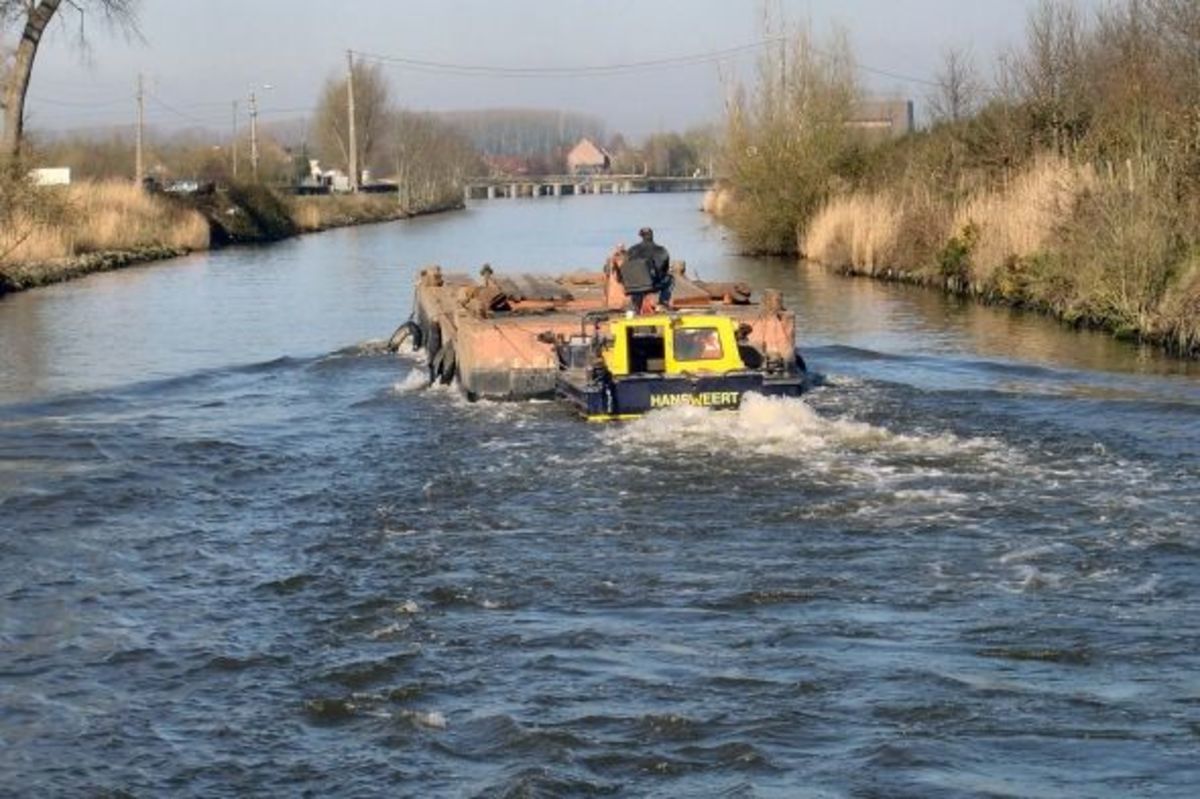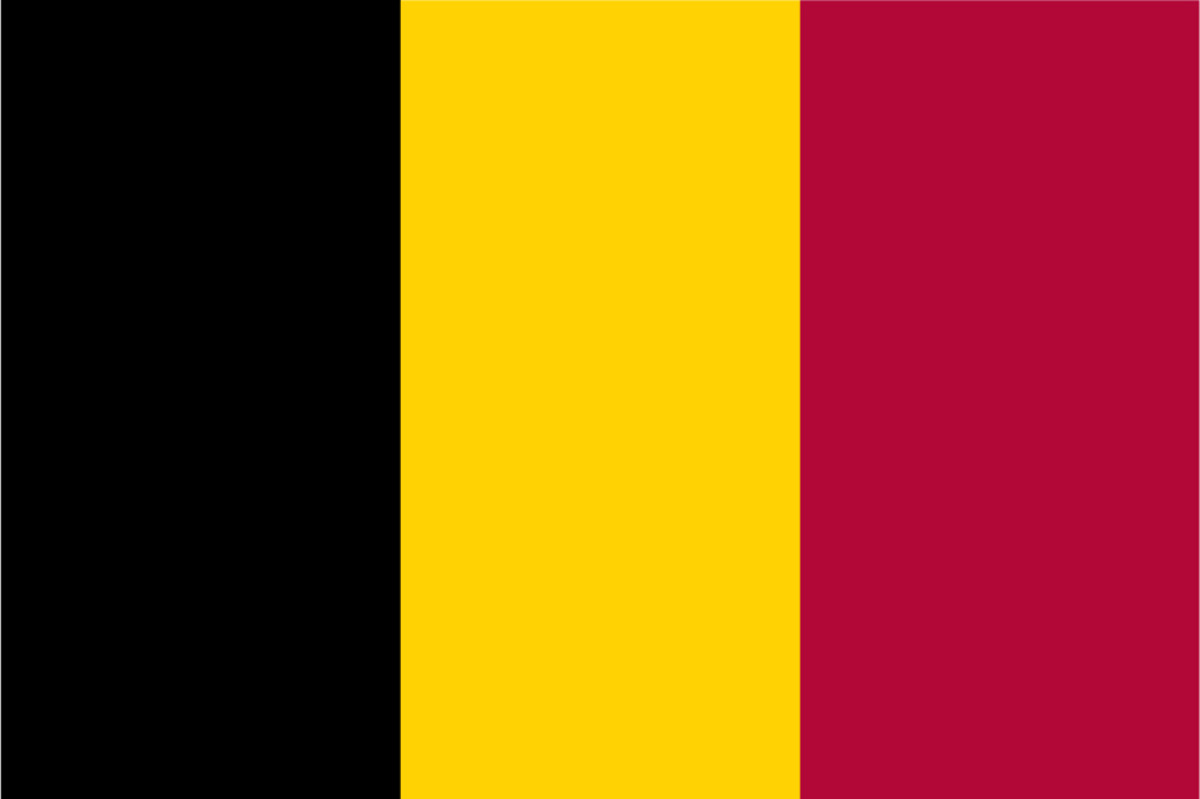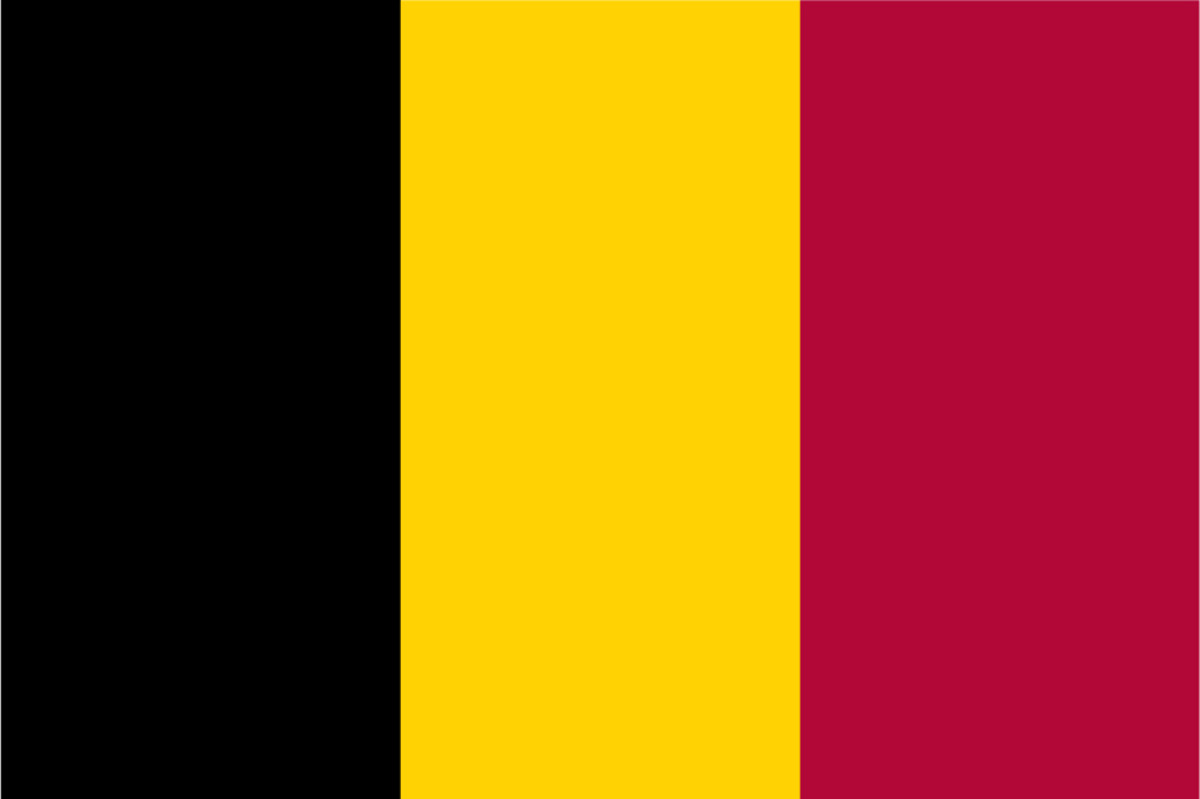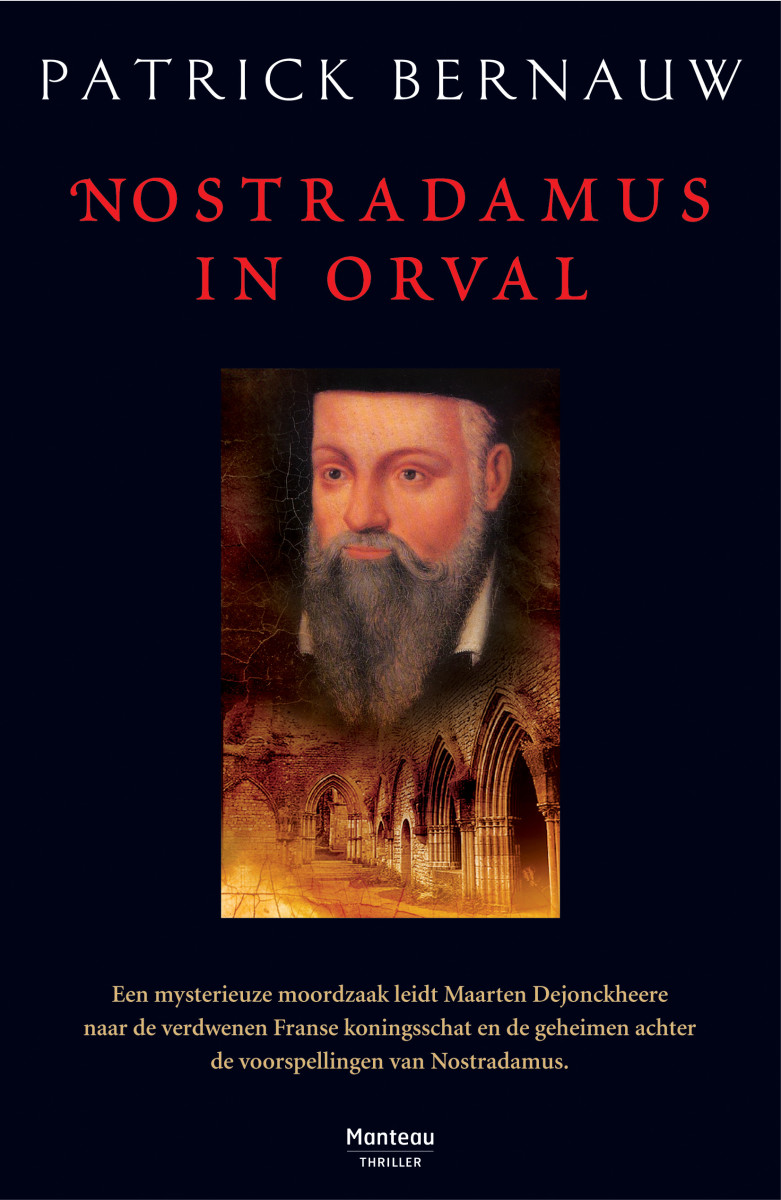Visiting the Calmeynbos, Belgium: Nature Reserve as Psychological Barrier and Healer
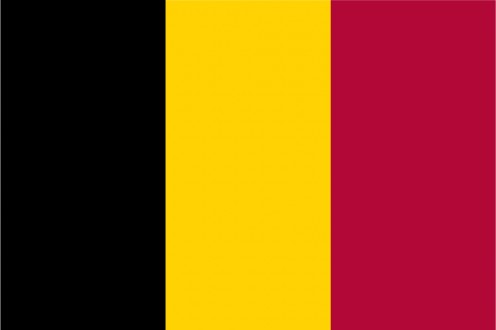
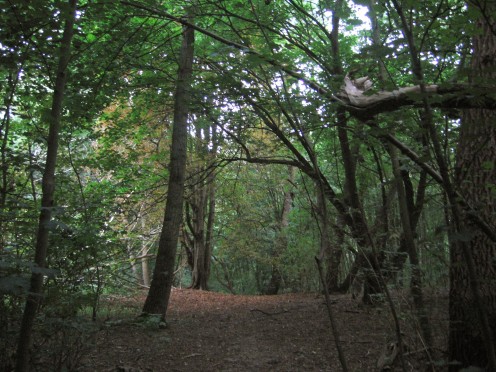
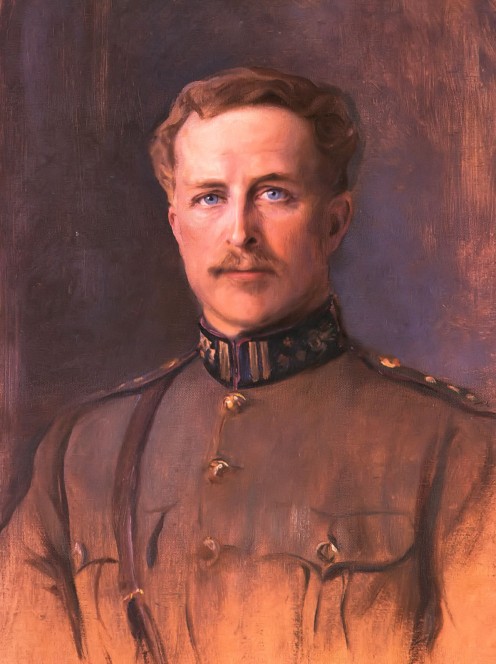
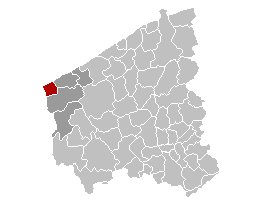
Peace and borderlands
This peaceful, Belgian nature reserve has many kilometres of woodland walks. It is noted for the presence of bird species including woodpeckers and orioles. The Calmeynbos (Calmeyn wood) is situated near De Panne and Adinkerke in the province of West Flanders (Dutch: West-Vlaanderen) in the Flemish region, close to the Franco-Belgian border. Its woodland and the neighbouring sizable dune area separates De Moeren marshland from the North Sea coast. I spent a calm afternoon walking and relaxing in this delectable place.
It was not always calm.
And the history of the Calmeynbos is most remarkable.
Belgian history and nature interwoven
Its 60 hectares were planted by a Belgian millionnaire of communist sympathies (yes, really!) in 1900. He was called Maurice Calmeyn and the woodland area came to be known by his name. Calmeyn made a point of planting a combination of both deciduous and conifer trees in this extensive woodland plantation.
Two World Wars have intervened since the Calmeynbos's inception and it was in the proximity of some of the heaviest fighting of those sanguinary conflicts which particularly affected Belgium, justly described historically as the Cockpit of Europe, for all the foreign armies that have regularly imposed their will on its landscape and people.
In World War One, the entirety of Belgium was occupied by the German invaders, with the exception of a small area of land around De Panne (sometimes referred to in English historical accounts by its French name, La Panne). King Albert I of the Belgians, hemmed in by the North Sea next to the duneland of the Franco-Belgian border, was thus able to say that he had remained — just — on Belgian soil during World War One. Thus, the Calmeynbos and the neighbouring dunes acted as somewhat of a psychological barrier between the invaders and the few keepers of the flame of Belgian sovereignty, so to speak. Meanwhile, just a few kilometres away, fierce battles raged.
Only the dunes and the Calmeynbos separated the remnants of the Belgian king's military entourage from the German invaders.
Hardly 20 years after the frozen cessation of World War One and the German invaders were back again, this time reaching the sea at De Panne, and thus the whole of Belgian territory was occupied. King Albert I's son and heir, King Leopold III, was taken prisoner. Leopold's fraught but in some ways nuanced relations with his German Nazi captors, difficulties in communicating with his Belgian government ministers in exile, and morganatic domestic matters, led in part to his remaining in exile until 1950. This time, no Calmeynbos or dunelands could separate the king successively from either his German invaders or from his detractors among his own Belgian people. One wonders what would have happened if in World War Two as well as in World War One, a symbolic bridgehead around the Calmeynbos and the De Panne dunelands had been maintained. But, then, in those intervening 20 years, technology had advanced to the extent of making the Blitzkrieg with aerial support possible in all its deadly efficiency. The question, not being realistic, must remain merely moot.
So, 1944 came; and with it, the liberation of most of Belgium, but not of King Leopold III, who remained firstly a prisoner of the Nazis, then a guest of American troops, then a guest of Swiss hosts for a few years, at his own government's displeasure. In the end, Belgian leaders did in 1950 what Luxembourg's government had done after World War One, after its monarch had been mired in similar controversy following the previous German invasion. They implemented the monarch's abdication, but preserved the dynasty and institutions by allowing the throne to pass to the next in line.
Meanwhile, nature's way of moving on caused the foliage of the Calmeynbos to renew itself in a way that Belgian institutions had some evident difficulty in doing, post World War Two. The Calmeynbos which had functioned somewhat as a psychological barrier in World War One, became rather more of a healer, as postwar visitors and tourists increasingly discovered its recreational properties and natural endowments.
Ideal for woodland walks
This is a remarkable place, indeed. When I was visiting the Calmeynbos, its peace was broken only by the sound of military aviation from the nearby Belgian Air Force base at Koksijde: thoroughly more peaceful, military sounds that those which echoed through this woodland during two World Wars.
Keeping to the paths marked wandelpad (walking path) ensured that as a walker I did not — within reason — get too lost. And the visitor may pause to reflect that the peace of nature, and the civil peace, has been obtained via a very heavy historical and human price.
Also worth visiting
Adinkerke (distance: approx. 1.4 kilometres); the tower of its Adomaruskerk dates partly from the 12th century; its ornate railroad station also serves the neighbouring Belgian resort of De Panne. There is a number of thought-provoking war cemeteries in the area.
De Panne (distance: 2.1 kilometres); this is a popular resort on the Belgian coast, with its bracing winds. Land yacht competitions have long been a frequent activity on its extensive sands.
Sint-Idesbald (distance: 4.3 kilometres), another resort on the relatively narrow, Belgian coast, has an interesting museum about the artist Paul Delvaux.
Veurne (distance: 6.6 kilometres); this town's architectural heritage includes a Renaissance-style market square, a noted belfry, and two Medieval churches. Nearby Beauvoorde castle is Medieval in origin, rebuilt in the 17th century.
Bray-Dunes , France (distance: 5.7 kilometres) is France's northernmost town. A resort on the North Sea , it has associations with a former Icelandic fishing fleet.
Dunkirk , France (distance: 20 kilometres); this major city's architectural heritage includes two belfries, the Leughenaer tower, and St. Eloi church.
Bergues , France (distance: 27 kilometres), a town partly fortified by French King Louis XIV's military engineer, Vauban, it possesses a fine belfry, Medieval in origin, and rebuilt several times following war damage.
...
How to get there: Brussels Airlines flies from New York Newark to Brussels Airport (Brussel Nationaal / Bruxelles-National ), where car rental is available. Belgian rail links exist between Brussels and De Panne-Adinkerke. Please note that some facilities may be withdrawn at any time without notice. Please check with the airline or your travel agent for up to date information. Please refer to appropriate consular sources for any special border crossing arrangements which may apply to citizens of certain nationalities.
MJFenn is an independent travel writer based in Ontario, Canada.
Other of my hubpages may also be of interest
- Visiting Bruges, Belgium: dizzyingly high towers and powerful, Medieval memories
There is so much for the visitor to see at Bruges (Dutch: Brugge ), in the Belgian Province of West Flanders (Dutch: West-Vlaanderen ), in the Flemish Region (Dutch: Vlaams Gewest ) that he or she may well... - Visiting Bray-Dunes, France: the north blowing in the wind
Icelanders used to come here regularly, the local businessman in Bray-Dunes told me. At first I was suprised: what would a group of Icelandic nationals be doing here in Bray-Dunes? I wondered to myself. Then... - Visiting Dunkirk, France: city of magnificent Flemish belfries
The city of Dunkirk (French: Dunkerque ; Dutch: Duinkerken ) has not one magnificent belfry, but two. Medieval belfry Its freestanding belfry, built in Gothic style circa 1440, has a height of 58... - Visiting Ploegsteert, Belgium: memories of World War One sacrifice and of Sir Winston Churchill
The Commonwealth War Memorial at Ploegsteert, Belgium, close to the French border, is magnificent. But, then, well it should be, one could say, given the wholesale slaughter which occurred in the district in... - Visiting Menen, Belgium: part of a cross-border conurbation, where everything suddenly changes
Interestingly, Menen is possibly more well known among Anglophones because of a structure named for the town, rather than because of the town itself. I am referring to Ypres (Dutch: Ieper), where the famous... - Visiting Anderlecht, Belgium: historical gem in bustling Brussels
Anderlecht is a bilingual municipality in the Brussels Capital Region of Belgium. Among Brussels's many historical and cultural treasures, the Erasmus House in Anderlecht is certainly very significant. I...
